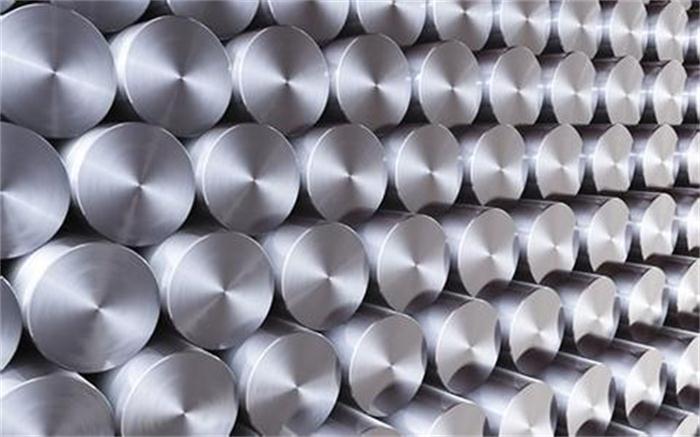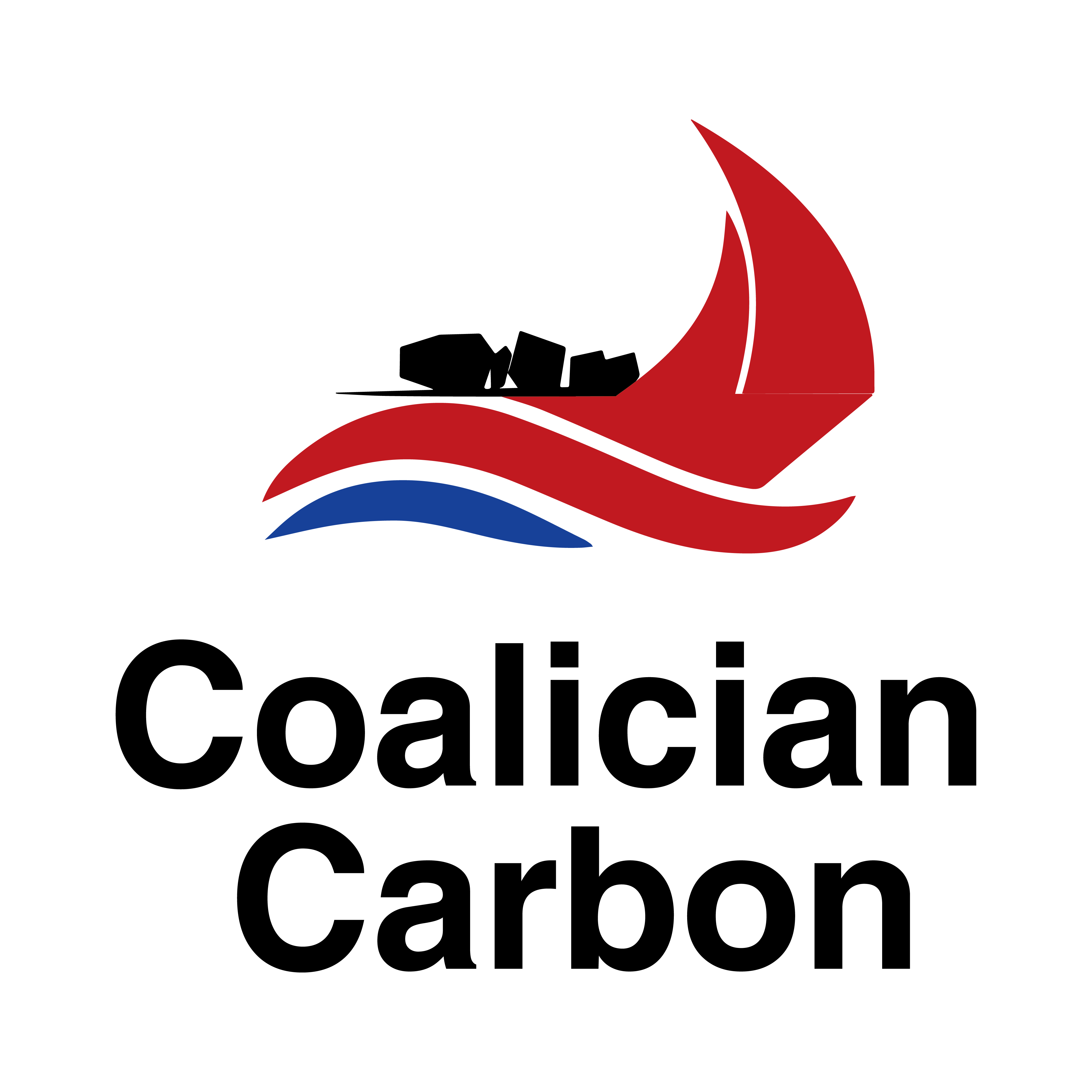1:Sulfur
Sulfur is the impurity in the steel which brought by the pig iron and fuel.In the solid state, the solubility of sulfur in iron is very small, but existed in the form of FeS.Due to the poor ductility of FeS, the steel with high sulphur content is more brittle. More seriously, FeS and Fe can form a eutectic of low melting point (985 C), which is distributed on the grain boundary of austenite.
When the steel is heated to about 1200 degrees centigrade, the eutectic on the grain boundary is dissolved and the grain is destroyed, steel will cracking alone the grain boundary.This phenomenon is called thermal brittleness,In order to eliminate the harmful effect of sulfur, the content of manganese in steel must be increased.Manganese and sulfur give priority to the formation of high melting point (1620 C) of manganese sulfide, and was distributed in the grain, it has a certain shape at high temperature, so as to avoid the thermal brittleness,Sulfide is non metallic inclusions, will reduce the mechanical properties of the steel, and form thermal processing of fibrous tissue during rolling proces,Therefore, sulfur is a harmful impurity generally, and should be limit in the steel. But the steel with higher sulfur content can form more Mns,which can play a role of chip breaking during cutting process, the machinability of steel will be improve accordingly, which is beneficial to sulfur, this is a advantage of sulfur.
2:Phosphorus
Phosphorus in steel will be brought by pig iron,and can be fully dissolved in ferrite generally,Phosphorus has a strong solid solution strengthening effect, so that the strength and hardness of the steel will be increased, but the plasticity and toughness are significantly reduced. The embrittlement phenomenon is more seriousat low temperature , it is called cold brittle.Generally want to the change temperature of the cold brittle lower than transition temperature, so as to avoid the occurrence of cold brittlenes,And phosphorus in the crystallization process, due to the prone microsegregation, phosphorus content in local area is on the high side, resulting in the cold brittle transition temperature rise, which occurred in the cold brittl,Cold brittleness is a serious damage to the structure of the cold zone and other low temperature conditions, in addition, the segregation of phosphorus also causes the formation of banded structure in hot rolled steel.Therefore, phosphorus is also a harmful impurity under the usual conditions,it also shoult be limit in steel, But higher phosphorus content means bigger brittleness, it would be favorable to improve the machinability during manufactureing shell steel
Effect of nitrogen and phosphorus on properties of steel
Non metallic inclusions has a significant influence on the performance of the strength of steel, plastic, fracture toughness, cutting and fatigue, hot shortness and corrosion resistance,Generally believed that the composition, quantity, shape, distribution of the inclusions and the spatial distribution of the inclusions affect the properties of the steel. S.Ruddnik pointed out that only when the non metallic inclusions in the size of less than 1μm, and the number of inclusions, the distance between each other is greater than 10μm , will not affect the Macroscopic properties of materials,of course, different steel grades have different use , and requirements of the inclusions are not the same, for example, different steel grades under different stress state,the inclusions’s harmless to the performance of critical size is different.
(1) the effect of non-metallic inclusions on the strength of steel
The influence of inclusions on the strength of steel is closely related to the particle size. Alumina particles were obtained by adding different sizes (35 - 0.01 M), shape (spherical and angular), and proportion (8% - 0) of aluminum oxide particles.At room temperature, the yield strength and tensile strength decrease when the alumina particles more than 1μm.When the content of the inclusion is low, it is very sensitive to the decrease of the yield strength
(2) the effect of non-metallic inclusions on the plastic properties of steel
Usually the inclusion has little effect on the longitudinal ductility of the steel, but the influence on the transverse ductility is very significant.The study shows that the shrinkage rate of high strength steel decreases with the increase of the total content of the inclusions.Effect of inclusion shape on the lateral ductility is more significant with the increase of strip inclusions, transverse section shrinkage rate decreased significantly, the band is mainly sulfide inclusions,Funnell research pointed out that the inclusion of steel hot ductility has a great influence and low carbon steel in austenite ductility is greatly reduced, the reason is fine second phase precipitates (such as AlN, tin, Nb (C, n) can be effective in pinning the austenite grain boundaries, thus reducing the ductility
(3) the effect of non-metallic inclusions on the fracture toughness of steel
The content of S and sulfide increases with the decrease of toughness index, and the fracture toughness of the steel decreases with the increase of the number or length of inclusions.Mr Zeng Guangtin study the sulfide and nitride inclusion effect of fracture toughness of steel, and were compared with the Krafft model values. The result shows that on the fracture toughness of harm ascending followed by VN > tis, AlN, NbN, ZrN, Al2S3, CES, MNS;The inclusion content was inversely proportional to the size of the fracture toughness, and TiS had no effect on the fracture toughness.
Some research work has discussed the effect of the inclusion as the root of the crack. It is proved that the brittle inclusion in the steel is different from the coefficient of thermal expansion of the steel matrix.
in order to make the steel has good toughness and toughness anisotropy as low as possible, the inclusion is required:
1:The volume fraction of inclusions as low as possible; 2:the inclusions distribution shoud be uniform; 3:the inclusions have compact shape; 4:the hardness is two times the best inclusions in the steel matrix, so that the inclusions in the thermal processing minimum deformation.



